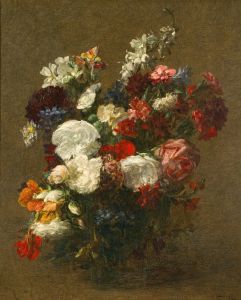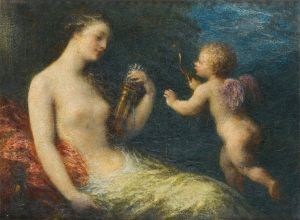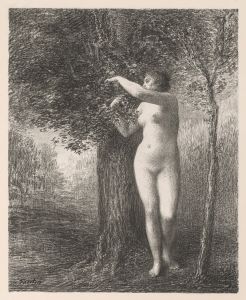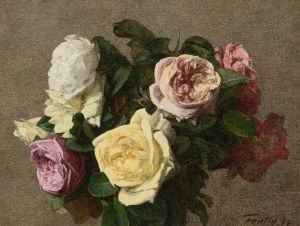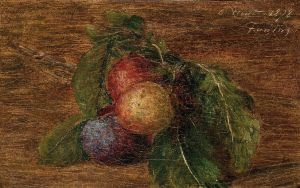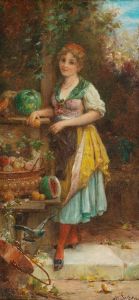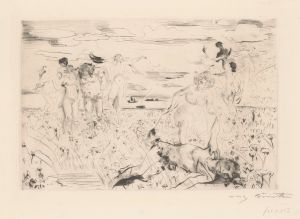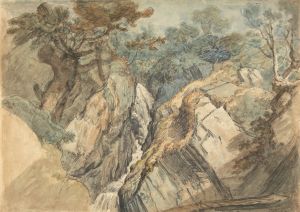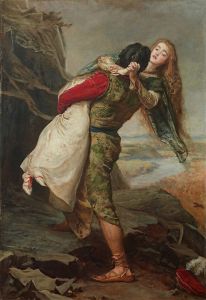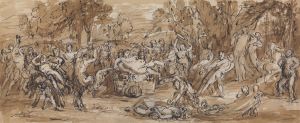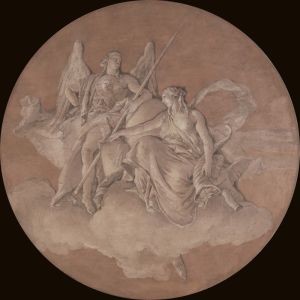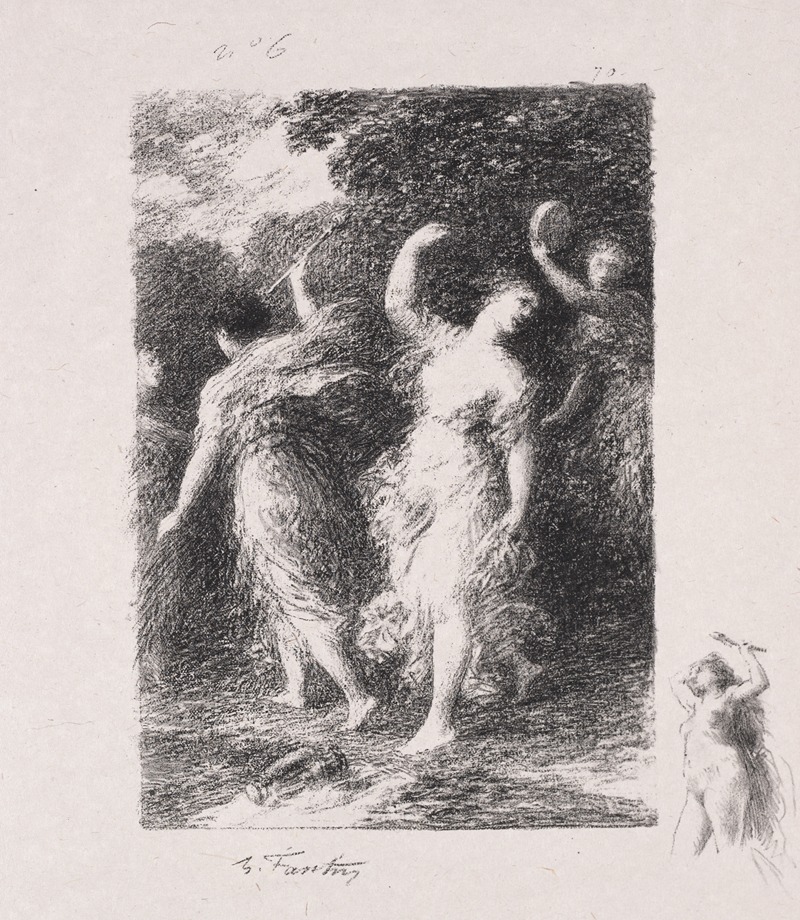
Bacchus
A hand-painted replica of Henri Fantin-Latour’s masterpiece Bacchus, meticulously crafted by professional artists to capture the true essence of the original. Each piece is created with museum-quality canvas and rare mineral pigments, carefully painted by experienced artists with delicate brushstrokes and rich, layered colors to perfectly recreate the texture of the original artwork. Unlike machine-printed reproductions, this hand-painted version brings the painting to life, infused with the artist’s emotions and skill in every stroke. Whether for personal collection or home decoration, it instantly elevates the artistic atmosphere of any space.
Henri Fantin-Latour, a French painter renowned for his still lifes and group portraits, created the painting "Bacchus" in 1863. Fantin-Latour was born in 1836 in Grenoble, France, and he developed a reputation for his meticulous attention to detail and his ability to capture the subtleties of light and texture. His works often reflect a blend of realism and symbolism, and he was associated with the Symbolist movement later in his career.
"Bacchus" is one of Fantin-Latour's notable works, showcasing his skill in depicting mythological themes with a sense of realism. The painting features Bacchus, the Roman god of wine, revelry, and ecstasy, who is equivalent to the Greek god Dionysus. In classical mythology, Bacchus is often depicted as a youthful and exuberant figure, embodying the spirit of celebration and the pleasures of life.
Fantin-Latour's portrayal of Bacchus is characterized by a serene and contemplative atmosphere, diverging from the more traditional depictions of the god in a state of wild abandon. The painting captures Bacchus in a moment of repose, surrounded by elements that symbolize his domain, such as grapes and vine leaves. This approach highlights Fantin-Latour's interest in exploring the quieter, more introspective aspects of mythological figures.
The composition of "Bacchus" reflects Fantin-Latour's mastery of light and shadow, as well as his ability to render textures with precision. The use of soft, muted colors and delicate brushwork creates a harmonious balance between the figure and the background, drawing the viewer's attention to the subtle details of the scene. Fantin-Latour's technique demonstrates his influence from the Old Masters, particularly in his use of chiaroscuro to create depth and volume.
Fantin-Latour's "Bacchus" is part of a broader body of work that includes portraits of his contemporaries, floral still lifes, and other mythological subjects. His paintings were well-received during his lifetime, and he exhibited regularly at the Paris Salon. Despite his association with the Impressionists, Fantin-Latour maintained a distinct style that set him apart from the movement, focusing more on traditional techniques and themes.
Today, "Bacchus" is appreciated for its unique interpretation of a classical subject and its reflection of Fantin-Latour's artistic vision. The painting is housed in a collection that preserves the legacy of Fantin-Latour's contribution to 19th-century art. His works continue to be studied and admired for their technical excellence and their ability to convey a sense of timeless beauty.
Henri Fantin-Latour passed away in 1904, leaving behind a rich legacy of paintings that continue to captivate audiences with their elegance and depth. "Bacchus" remains a testament to his skill as a painter and his ability to infuse classical themes with a sense of modernity and introspection.






